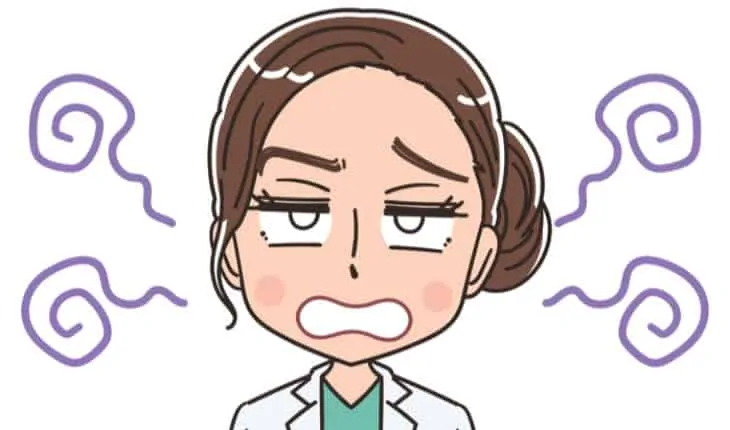Doctors in distress: Beneath the White Coat: Doctors Their Minds and Mental Health, the new book by Dame Clare Gerada.
Society puts doctors on a pedestal and the medical culture reinforces this state of elevation. Our bio-medical approach to the doctor–patient relationship takes as a given that the doctor has authority and status of being all-knowing. It is no surprise therefore, that some doctors, me included, view ourselves as invincible and super-human. Hopefully this is now changing as the next generation of doctors have a healthier attitude towards their own weaknesses than previous generations. This is important as we appear to be in the midst of a mental health crisis amongst the medical profession and it seems to be getting worse. For example, a survey conducted by the British Medical Association looked at the impact of COVID on doctors mental health. More than half reported currently suffering from problems such depression and anxiety, with many saying that their problems worsened since the start of the pandemic. High rates, mental illness in doctors is not a new problem. For more than a decade I have been the doctor’s doctor, heading up a confidential service for doctors with mental illness across England. During this time nearly 14,000 doctors have come to the service for care, most suffering from depression, anxiety and symptoms indistinguishable from post-traumatic stress disorder. Pre-pandemic, my team of nearly 100 clinicians would typically see around 60 new patients each week, a number that now, as we are firmly in the second wave, has worryingly doubled. These increasing numbers are linked to exhaustion as they have to contend with a massively increasing workload and addressing the backlog of patients waiting for care.
The reasons why doctors do have high rates of mental health illness are complex (and after all they should have many protective factors and have lower rates). However, doctors are human too. Doctors do not suffer different problems than their patients. Where they do differ from the patients is their reluctance to present for care, largely driven by stigma, shame and fear. Doctors are trained to deny their own vulnerability and to put others (their patients) first. This is how doctors are trained. – front stage in the formal parts of lectures, ward rounds and tutorials. But also, backstage, in the hidden curriculum, where doctors are taught to put others first, deny their own vulnerability and dedicate their lives to the service of humanity (as required by the Hippocratic Oath).
I unpick many of these in my new book Beneath the White Coat, Doctors Their Minds and Mental Health. In this book, I lift the lid on why doctors are at risk of mental illness. I postulate how, in the making of a doctor, they develop such a strong identity to medicine, which protects them and allows them to do the jobs we demand, but also, paradoxically, increases their vulnerability to mental illness (especially when not protected in their working environment). I debunk the current vogue of trying to increase doctor’s resilience to help reduce the prevalence of burn out. I make the case, providing evidence, that no amount of mindfulness or deep breathing exercises can make good a toxic working environment- with long and unrelenting shift working and intensity of work which leaves little time for basic human needs let alone space for reflection. Reflection is the theme of the new charity, Doctors in Distress, which I now chair. Doctors in Distress aims to reduce the rate of suicide amongst doctors and other health care workers through creating confidential spaces for health care staff to come together to talk about the emotional impact of their work. Doctors in Distress was first established in 2019 by Amandip Sidhu after the suicide of his older brother, Jagdip Sidhu, a consultant cardiologist who took his own life two years ago, due to intolerable workplace pressures. Whilst it is impossible to be certain, isolation, in particular the lack of space to talk about his emotional rather than professional needs, appeared to have played a significant role in Jagdip taking his own life. There is now a moral imperative to provide not only physical personal protective equipment (PPE) for healthcare staff, but also psychological PPE – by which I mean that all our care givers must have the space, time and opportunities to talk openly about their feelings and vulnerabilities, and to gain and give support to their peers, without the fear of stigma or shame. Nothing else is good enough.
Beneath the White Coat, Doctor’s Their Minds and Mental Health is available to buy here with all royalties donated to Doctors in Distress.
- Beneath the White Coat - 2nd December 2020
- Coronavirus – Tips on coping with self isolation - 18th March 2020
- Medicine and Me – Your Mental Health - 12th March 2018






